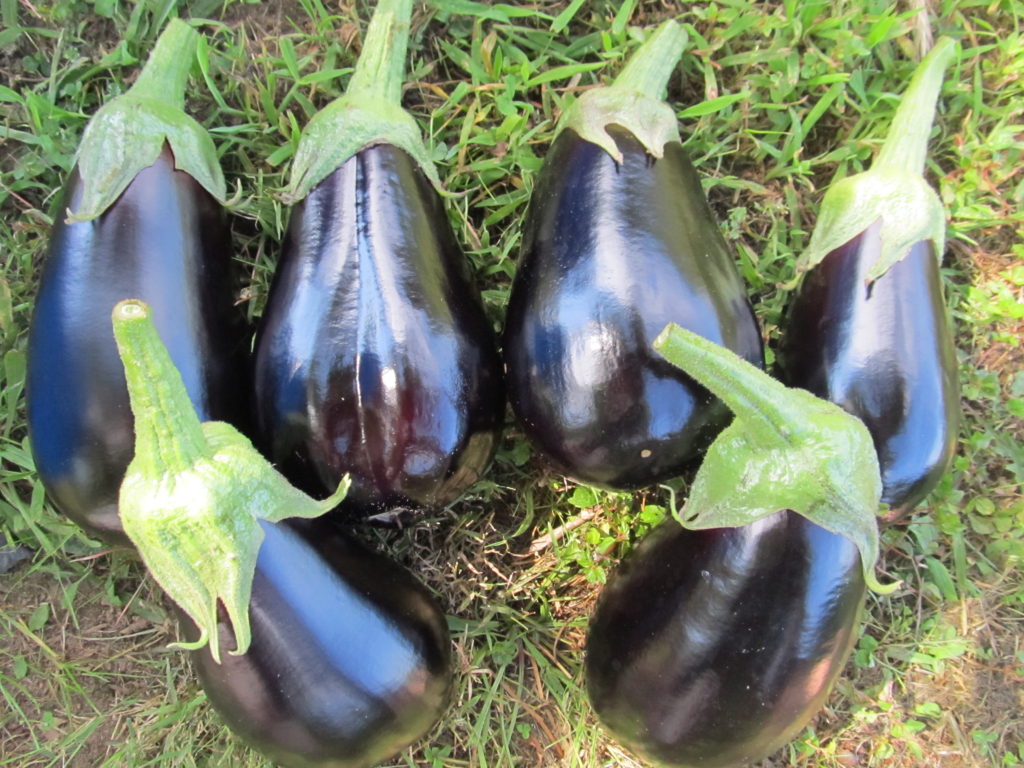Last week, we looked at crops that you can direct sow in March. Today, we’re focusing on varieties you can start indoors - in particular, 2 tender crops that should be sown indoors by late March – peppers and eggplants. But don't worry if these aren't your cup of tea! We've got recommendations for easier-to-grow hardy crops you can sow this month also.
Peppers and eggplants are two of the more challenging of home garden crops. Luckily, most of the difficulty comes during the plants' early life. These seeds require heat and moisture to germinate. Moisture is normally not an issue, but heat, particularly in the Northeast, can be more tricky. The ideal arrangement is to purchase a heat mat or to construct a germination chamber. If that's not possible, you may rely instead on a woodstove, oven light or heat from the top of your refrigerator. It's ok if your temp isn't quite at the 80-85 degree target, the seeds will just take a little longer to germinate. However, do be careful not to let temps get below 60-65. For our full list of tips and tricks, make sure you check out our previous blog here.
Here are some of our fresh new favorites, plus some golden oldies:
Organic Sweet Pimento Pepper – NEW!
This bright-red pepper is sweet and fruity-flavored making it great for stuffing, roasting and canning. Early to mature, it is also well-adapted to cold, northern climates.
Organic Bulgarian Carrot Chile Pepper – NEW!
This spectacularly cute, unique hot pepper has shiny skin and carrot-like form and color. Its fun shape belies its heat which, believe us, is significant!
Organic Shishito Peppers – NEW! (photo credit goes to our friends at Long Season Farm)
If you’ve ever had a plate of green shishitos, prepared to perfection, salty and perfectly spicy and softened by a brief sauté, you’ve undoubtedly thought about growing your own. And why not? Finding the peppers in stores is difficult; growing your own allows you to binge each summer on a very special treat.
Organic Bridge to Paris Pepper
This exceptional pepper wins taste tests and produces fantastically high yields. The plants are large and loaded with ultra-sweet, thick-walled “corno di torro” type horned-shaped fruits.
Organic Ping Tung Long Eggplant
Ping Tung quickly became a favorite at our farm. The shape makes it easy to handle and use in the kitchen and its flavor is exceptional. The plant does extremely well in the north. Ping Tung sets fruit earlier than most varieties, and keeps producing into the fall. Even though the fruits are smaller, the overall yield is higher.
Organic New York Improved Eggplant
We love New York heirlooms, especially when they are as good as this. This standard market eggplant dates back to the mid-1800s and has black, taught, shiny skin, dense flesh; and produces loads of fruits. The plants are some-what compact and stand up well to the heavy load of fruits.
And, here are some slightly easier hardy varieties you can start indoors now:
- Chives - Start seeds indoors, about a week before outdoor soils can be worked. Keep watered but not wet. Transplant outdoors in clumps when chives are about 3" and the soil can be worked.
- Kale - Sow in early/mid March for a mid-April transplant. Sow again in late June or early July for a fall crop.
- Chard - Direct sow beginning 2-3 weeks before last frost, or start indoors 3 weeks earlier and transplant.
- Cabbage - Sow indoors in early/mid March (and perhaps again in early April). Start transplanting in mid-April.
- Leeks - Sow indoors in early spring, then transplant any time after soil can be worked.
Remember, that all of our top indoor seed starting tips can be found in our earlier blog which covers the 7 Easy Steps to Starting Seeds Indoors.
Finally, for those of you wondering where tomatoes fit into all of this.... We recommend not to start tomatoes just yet! Unless you live somewhere with a last frost date in late April (earlier than where we are in the Hudson Valley), it is still a little early to start tomatoes. You will end up with leggy plants that need potting up into giant pots before it's safe to move them outside — or they will turn yellow and diseased before you do so. Have faith: tomato time will come! But for now, focus on your hardy crops, peppers, and eggplants.
Good luck and let us know how you get on!











